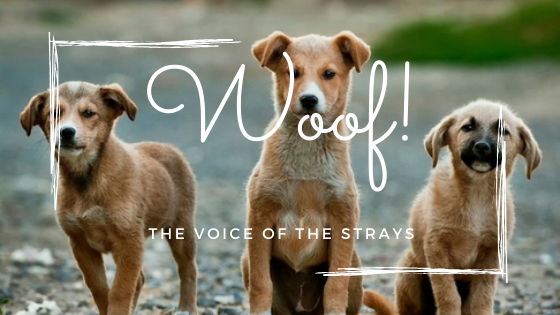REBOOT: technology's influence on climate change
“It’s not that we use technology, we live technology”
- Godfrey Reggio
How true are these words!! Technology is leading us to a new
climatic change solution.
A fresh torrent of technological innovation is widening our understanding
of tough environmental challenges-and also giving us new paths to solve them.
Thousands of leaders and policymakers gather in San Francisco in the month of
August for the Global Climate Action Summit, these game-changing innovations
will be showing up all over the town.
 Nearly
half of the tasks currently undertaken by humans could already be automated,
even at current levels of technology. Within the next few decades, a large section of society will be looking for new jobs.
Nearly
half of the tasks currently undertaken by humans could already be automated,
even at current levels of technology. Within the next few decades, a large section of society will be looking for new jobs.
The revolution happening now, disruptive technologies
including IoT, virtual reality, robotics, and artificial intelligence are changing the way of thinking, work, and interact.
What will all this mean for climate change?
The answer is complicated. The innovations have the
potential to significantly reduce greenhouse gases emissions and provide
unprecedented levels of insight and data to mitigate climate change. But
without proper consideration mass automation could be bad news, increasing
consumption and emissions.
Farming has a huge environmental impact!
Much like Ford’s cars, developments in mechanization (like
tractors and combine harvesters) have allowed more food to be produced with
less harbor. Despite this, with the world population and demand for food
rapidly raising, agriculture is responsible for increasing
greenhouse gas emissions and an enormous share of
environmental degradation. It is vital we find ways to further improve
efficiency and reduce the emissions from our food production.
What about its ‘rebound effect’?
These developments might be giving a hint that these high
tech developments will reduce emissions and help the environment. Robots can
build cars and grow food more efficiently right?
Studies say that
overall environmental impact is gradually increasing, but few commentators
argue that improvements in technology have actually driven an increase in
consumption, a phenomenon commonly referred to as the ‘‘rebound effect”.
To
understand this in a simpler way let’s take with the cars. The efficiency
savings made by robots have meant more people can afford to buy a new vehicle,
increasing the numbers on the roads and the overall emissions from the roads.
Even if these vehicles were to be replaced with zero-emission electric cars,
there are still emissions associated with production and disposal and electric supply.
Automated processes and huge industrial farms have meant
more food can be produced efficiently. However cheaper food and increasing
average wealth is increasing consumption of high impact foods such as red
meat, which is likely to have significant consequences for climate change and
biodiversity.
So yes, increasing automation and smart technologies do
promise sweeping changes to society, with the potential to liberate human
populations from the mundane. If managed carefully this technological
revolution has the potential to provide significant environmental benefits.
Automation will not necessarily deliver a positive outcome
for sustainability. We need to manage our consumption, even as the latest
technological revolution races ahead of us.
do subscribe to get updates from writers deck
source: Google images, DJI (youtube),canva
AUTHOR: p.falciparum





Comments
Post a Comment